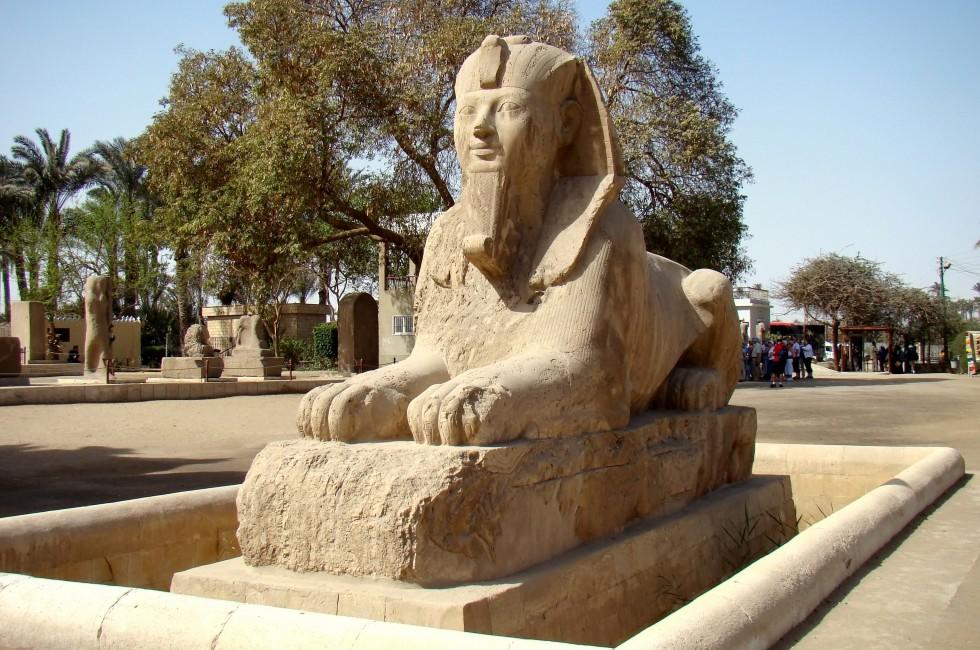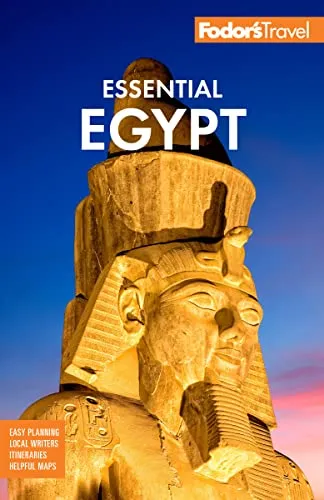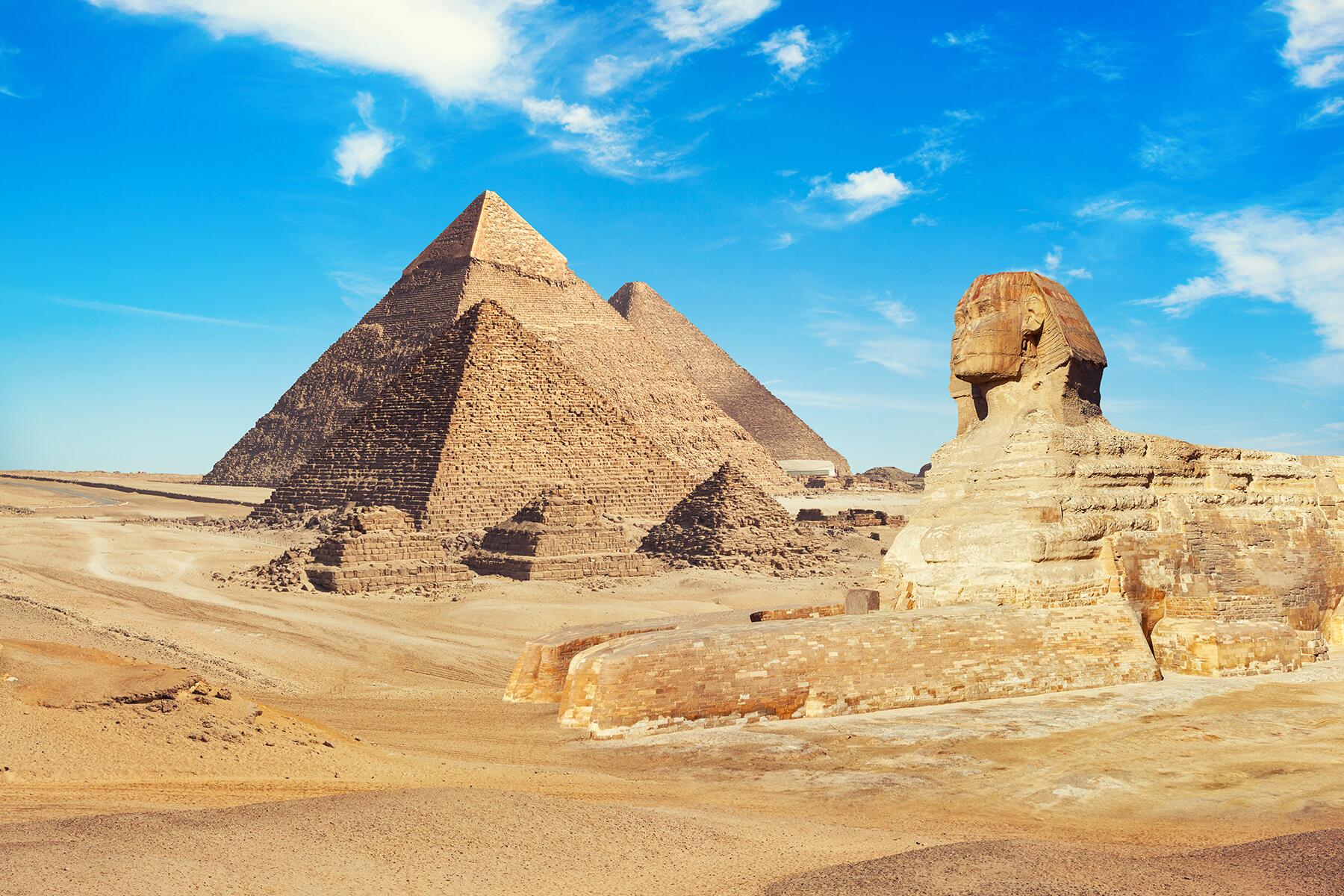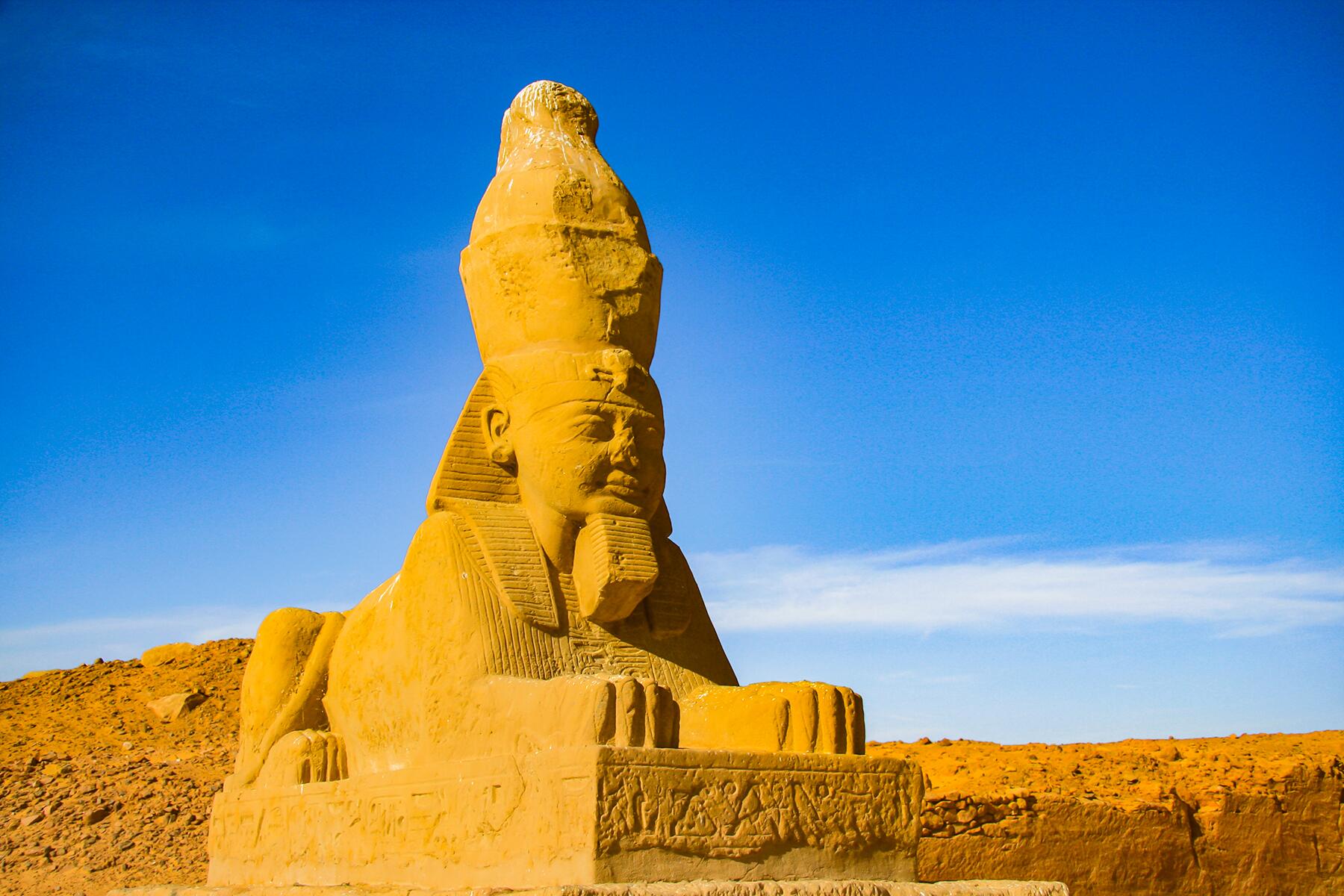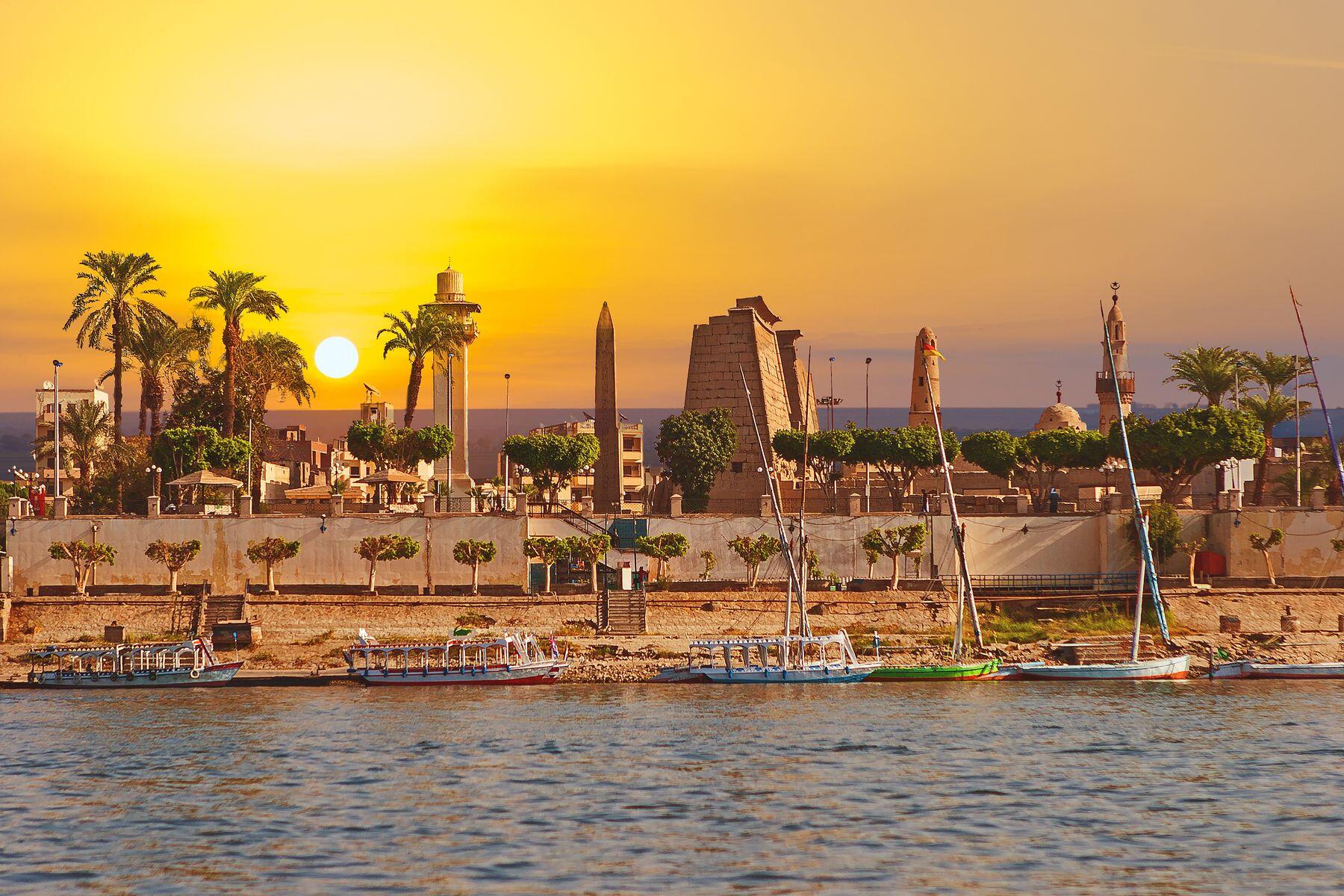Cairo
Cairo
On first impression, there is hardly a superlative too extreme to capture the epic scale of this city of some 15 million—or 14, or 16; no one really knows for sure—that sprawls in all directions. The traffic, the people, the chaotic rhythm of Cairo will all reinforce this impression, threatening to overwhelm you. So take your time, relax over a mint tea in a café, or wander the quiet back alleys, and a different world will be revealed to you. In many ways Cairo is the proverbial overgrown village, full of little districts and communities that feel much smaller and more intimate than the city of which they're part.
Like so much else in Egypt, Cairo's charm is a product of its history, its network of districts and communities the physical remains of a thousand years of being conquer...
Read MoreOn first impression, there is hardly a superlative too extreme to capture the epic scale of this city of some 15 million—or 14, or 16; no one really knows for sure—that sprawls in all directions. The traffic, the people, the chaotic rhythm of Cairo will all reinforce this impression, threatening to overwhelm you. So take your time, relax over a mint tea in a café, or wander the quiet back alleys, and a different world will be revealed to you. In many ways Cairo is the proverbial overgrown village, full of little districts and communities that feel much smaller and more intimate than the city of which they're part.
Like so much else in Egypt, Cairo's charm is a product of its history, its network of districts and communities the physical remains of a thousand years of being conquered and reconquered by different groups. The city didn't really begin, as you might expect, with the pharaohs; they quartered themselves in nearby Memphis and Heliopolis, areas only recently overtaken by Cairo's outward urban spread. The Pyramids at Giza, on the west bank of the Nile, mislead the eye in search of Cairo's origins because this has always been an east-bank city. It's only since the 1960s that the city has moved faster than the river, leaping the banks and drawing in the endless modern suburbs on the west bank.
No, Cairo's history begins with a Roman trading outpost called Babylon—now referred to as Old or Coptic Cairo—at the mouth of an ancient canal that once connected the Nile to the Red Sea. But it was the 7th-century ad Arab invaders who can be said to have founded the city we know today with their encampment at Fustat, just north of Old Cairo. Under their great leader ‘Amr Ibn al-As, the Arabs took over a land that had already been occupied by the Greeks, the Persians, and the Romans. And in the millennium that followed ‘Amr's conquest, the city was ruled by the Fatimids (969–1171), the Ayyubids (1171–1250), the Mamluks (1250–1517), the Ottomans (1517–1798), and then experienced 150 years of French and British colonial administration until the revolution of 1952 finally returned power to Egyptian hands.
But what makes Cairo unique is that each new set of rulers, rather than destroying what they had conquered, chose to build a new city upwind from the old one. Thus, from a bird's-eye view above the Nile, you can follow the progression of the historic center of Cairo cutting a question-mark-shaped path from Old Cairo in the south, curving north through Fustat, east to Islamic Cairo, and then west to the colonial Downtown district until you reach Maydan Tahrir (Liberation Square), where it has settled for the moment. But as the city continues to expand, the heart threatens to relocate again, perhaps to Maydan Sphinx, or Bulaq, or somewhere in Giza.
Cairo's districts have changed, of course, since the time they were founded. Still, each district retains a distinct identity, not only in its buildings, but also among its residents and their way of life. Pre-Islamic Babylon is, to this day, a disproportionately Christian area, with more crosses visible than crescents. And the medieval precinct of Islamic Cairo is still where families traditionally go during Ramadan to spend the night eating and smoking after a day of abstinence. Indeed, one of the joys of Cairo is that its historic areas are still vibrant living spaces and not open-air museums. The past here is more a state of mind than a historical fact—and that, ultimately, is the way in which the city is truly overwhelming.
Recommended Fodor’s Video
Neighborhoods
Hotels
Things to Do
Things to Do
Explore Things to Do
Find the perfect tours and activities in Cairo.
Where to Eat
Where to Eat
Need to Know
Need to Know
Language
Modern Standard ArabicNearby Airports
CAIElectrical Outlets
220v/50 cycles; electrical plugs have two round prongsCurrency
Egyptian poundLanguage
Modern Standard ArabicElectrical Outlets
220v/50 cycles; electrical plugs have two round prongsCurrency
Egyptian poundNearby Airports
CAIWhen to Go
Cairo is only uncomfortable for a couple of months a year. Spring and autumn are both gorgeous, with warm days and cool nights, though spring...Read More
Neighborhood Guides
Discover the best neighborhoods in Cairo with curated recommendations from our editors.
Local Weather
When to Go
Cairo is only uncomfortable for a couple of months a year. Spring and autumn are both gorgeous, with warm days and cool nights, though spring...Read More
Neighborhood Guides
Discover the best neighborhoods in Cairo with curated recommendations from our editors.
Local Weather
When to Go
Cairo is only uncomfortable for a couple of months a year. Spring and autumn are both gorgeous, with warm days and cool nights, though spring...Read More
Neighborhood Guides
Discover the best neighborhoods in Cairo with curated recommendations from our editors.
Articles
Articles See All
Guidebooks
Guidebooks
Our worldwide travel correspondents bring you the best and most up-to-date coverage of over 7,500 global destinations.
Shop NowFodor's Essential Egypt
Whether you want to cruise the Nile, explore the Valley of the Kings in Luxor, or see the...
